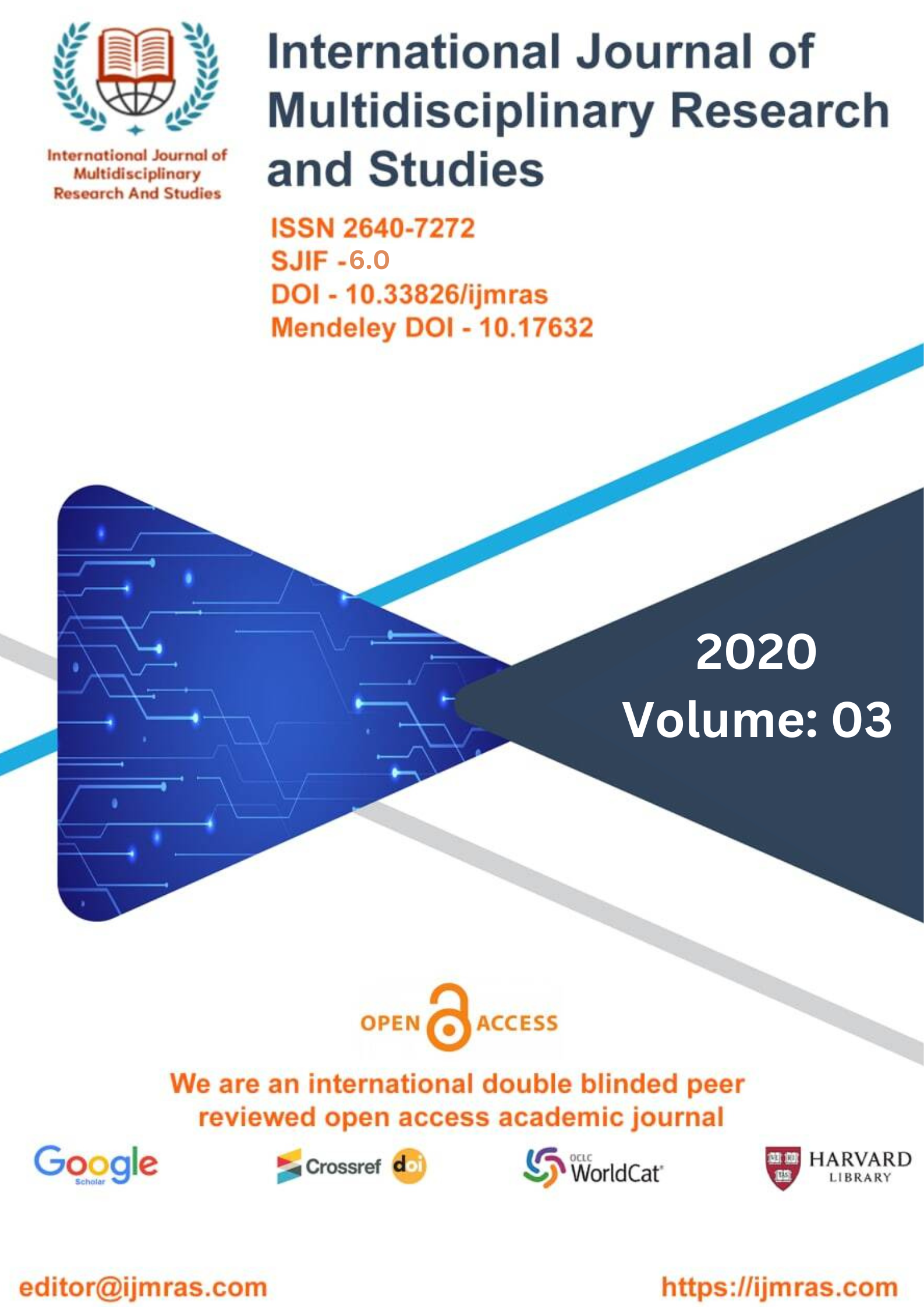AN ANALYTICAL STUDY OF MAHATMA GANDHI RURAL EMPLOYMENT

Abstract
This was a problem because of the necessity to meet both of these requirements simultaneously. The Jawahar Rojgar Yojana (JRY) was initiated the same year that NREP and RLEGP were combined into a single program. This brand-new wage employment program was significantly unlike to the ones that had been implemented in the past since it placed an emphasis on reorganizing the delivery mechanism through Panchayati. Raj Institutions (PRIs). Gram Panchayats (GP), Panchayat Samities, and District Rural Development Agencies (DRDA)/Zila Parishads each received their allotted portion of the funds in the proportion of 70:15:15 respectively.
Keywords
Mahatma Gandhi, EmploymentHow to Cite
References
A.C. Kulshreshitha (May 2011), “Measuring in Unorganised Sector in India” Review of Income and wealth (Special Issue: The Informal Economy in Developing Countries: Analysis and Measurement 57 (Supplement SI): S123-S134.
A.P.Palanichamy,“A Study on Mahatma Gandhi national rural employment guarantee program (MGNREGP) in Thuinjapuram block Thiruvannamalai district in Tamilnadu”, International Multidisciplinary Research Journal, Vol. 1, No. 3, 2011, pp. 37-46.
Acharya S (1990): The Maharashtra Employment Guarantee Scheme: A Study on Labour market Intervention, Asian Regional Team for Employment Promotion, New Delhi, ILO.
Adhikari, A, and Bhatia, K. (2010), NREGA Wage Payments: Can We Bank on the Banks? Economic and Political Weekly, 45(1) : 30–37.
Ahluwalia, M. S. (2011) “Prospects and Policy Challenges in the Twelfth Plan”, Economic and Political Weekly, Vol. XLVI, No. 21.
Ambasta, P., Shankar, P. S. and Shah, M. (2008), Two Years of NREGA: The Road Ahead, Economic and Political Weekly, 43(8): 41-50.
Amin Nurul (2002), “The Informal Sector Asia from the Decent work Perspective” International Labour office, Geneva, p.31
AmitaSharam (2010): “Mahatma Gandhi National Rural Employment Guarantee Act, 2005 A Rights based law for inclusive growth”, Joint Secretary, Ministry of Rural Development, Government of India, e-mailed on 11 April 2010 to www.google.com.
Antonopolous (2006) Hidden vacancies? From unpaid work to gender- aware public job creation: towards a path of equality and pro-poor development paper prepared for the levy institute conference on Macroeconomic policies to reverse the HIV/ AIDS Epidemic, Brasilia, November 20-21, international poverty center, brazil: UNDP poverty center.
Arpit Shailesh, Taruna(2015) “A Comparative study on Mahatma Gandhi NREGA-with reference to employment outcomes and expenditure outcomes 208 in last five years” International Journal of Humanities and Social Science Research, Volume 1, December, pp.84-9.
Ashish Bose in Economic and Political weekly, April 14,2007., p.19
Ashley, C and Carney, Diana. 1999. Sustainable Livelihoods: Lessons from early experience. London: Department for International Development.
Bardhan, Pranab (2002). Decentralization of Governance and Development. Journal of Economic Perspectives, 16 (4): 185-205.
License
Copyright (c) 2020 UMESH KUMAR

This work is licensed under a Creative Commons Attribution 4.0 International License.
Individual articles are published Open Access under the Creative Commons Licence: CC-BY 4.0.



